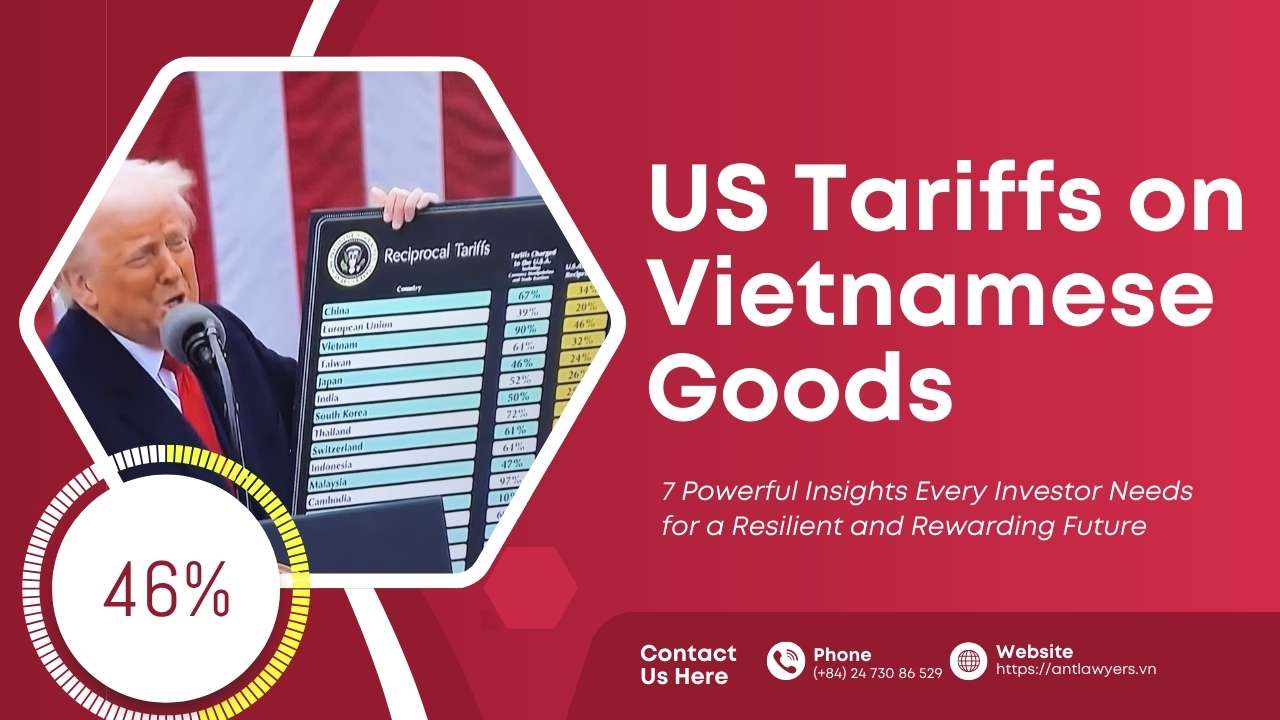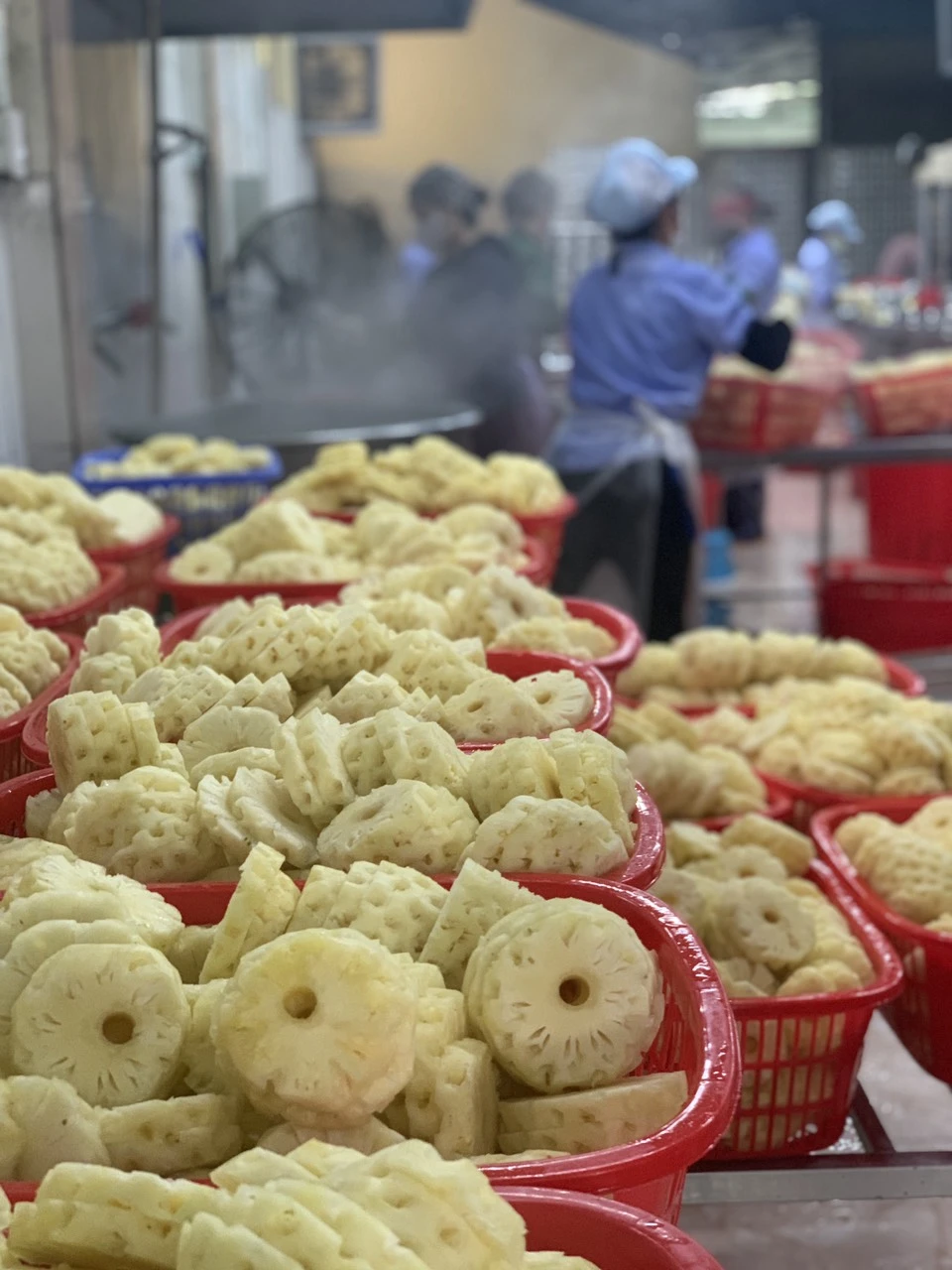TRUMP’S NEW TARIFFS: IMPACTS AND VIETNAM’S ECONOMIC RESPONSE
Context of Vietnam tariff
With the introduction of Mr. Trump’s latest Vietnam tariff policies, experts like Mr. Đặng Phúc Nguyễn, General Secretary of the Vietnam Fruit and Vegetable Association, have labeled these moves as retaliatory. He pointed out that Vietnam restricts roughly 90% of U.S. imports, citing reasons such as currency manipulation, trade barriers, and Vietnam’s significant trade surplus with the U.S, so they impose Vietnam tariff against: 46% countervailing. Despite the short-term tax postponement, the two countries have begun negotiations to reach a final decision.

Vietnam’s Resilience Against the US Tariff on Vietnam Goods
Mr. Nguyễn, suggested that the Vietnam tariff hike might not hit as hard as expected. Speaking to The Investor, he argued that the 46% tariff, effective April 9, 2025, may only apply to specific goods contributing to the U.S. trade deficit with Vietnam. For instance, in 2024, Vietnam exported $360 million in fruits and vegetables to the U.S., making up just 5% of its total exports in this sector. In contrast, Vietnam imported $540 million worth of these goods from the U.S., keeping the trade deficit minimal. As a result, the import tariff from Vietnam to the US is unlikely to severely disrupt this industry.
Business Strategies Amid Rising Vietnam Import Duty Rates
Should the US tariff on Vietnam goods extend to fruits and vegetables, Vietnamese businesses may pivot by targeting alternative markets and adjusting pricing to stay competitive beyond U.S. borders. In Q1 2025, fruit and vegetable exports to the U.S. comprised 9.6% of Vietnam’s total turnover in this category, with March exports hitting $450 million. This brought the Q1 total to $1.1 billion, an 11.3% drop from the previous year, hinting at early tariff pressures.
Short-Term and Long-Term Fallout
In the near term, industries tied to Vietnam import duty rates will feel the pinch. Notably, over 25% of Nike’s footwear production originates in Vietnam, affecting U.S. shoe retailers. Products like agricultural goods and wood, which face relatively inelastic demand, may see consumers stick with them despite price hikes, shrinking consumer surplus. The steep Vietnam tariff could also trigger retaliatory alliances against the U.S., straining price-sensitive groups like low-income households.
Looking ahead, a sustained Vietnam tariff rate increase might force Vietnam to shift focus to markets like Europe or Southeast Asia, though at the cost of higher expenses and fewer key trade partners. For the U.S., reliance on Vietnamese electronics and other goods could lead to prolonged economic strain, fostering tensions that harm both nations over time.











